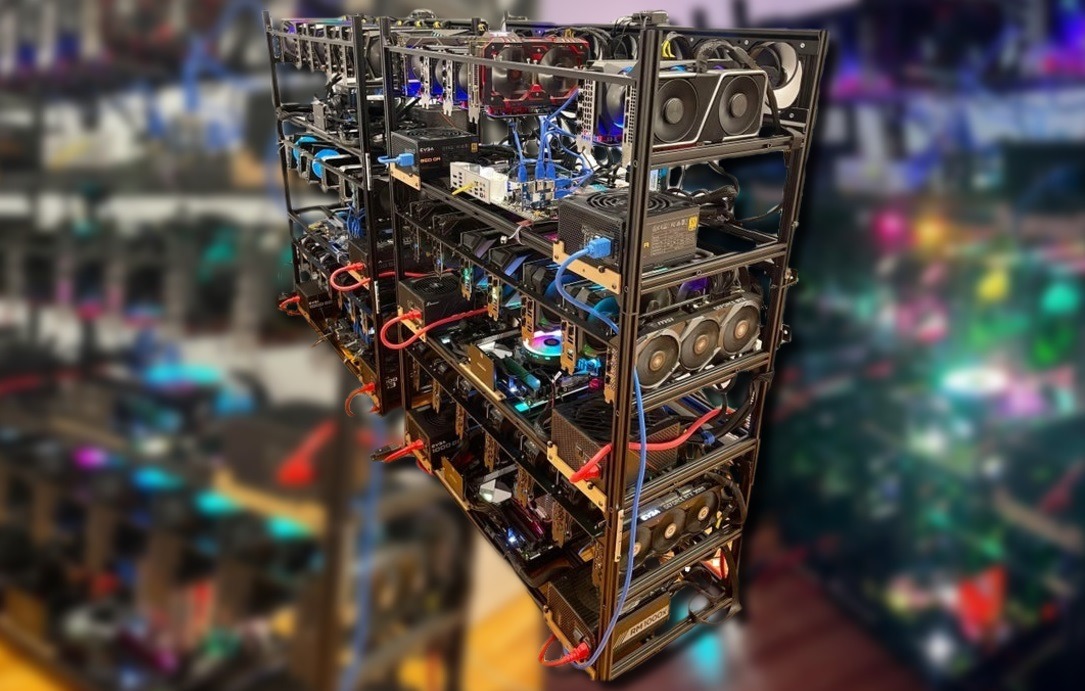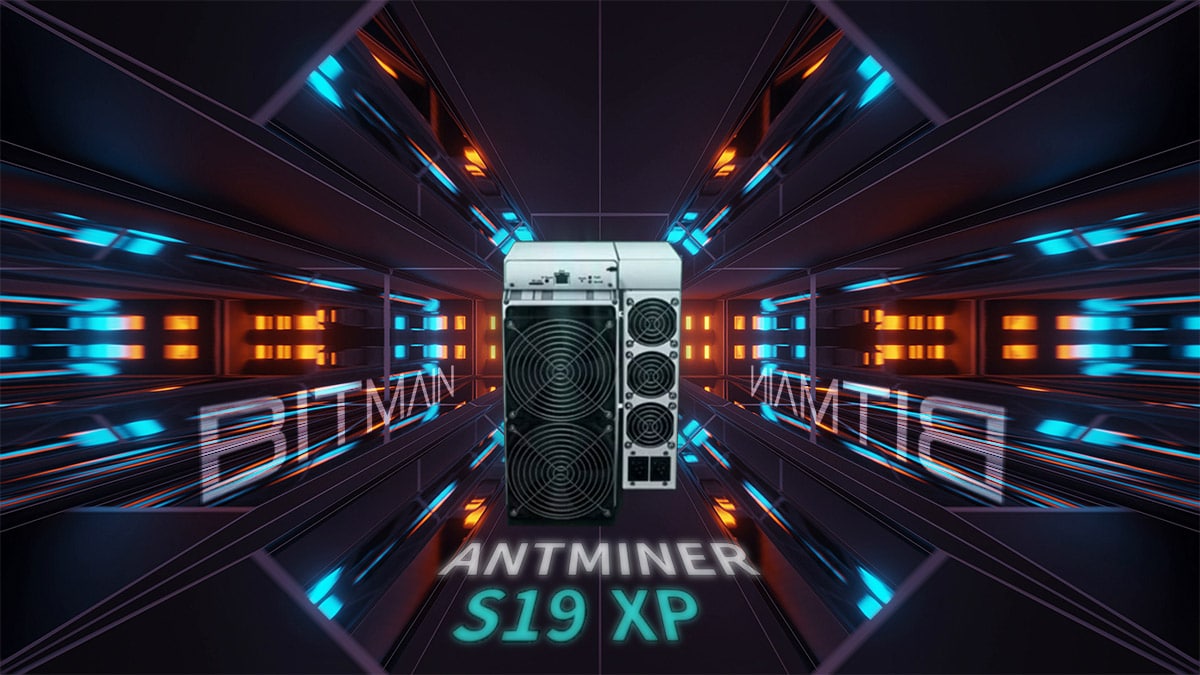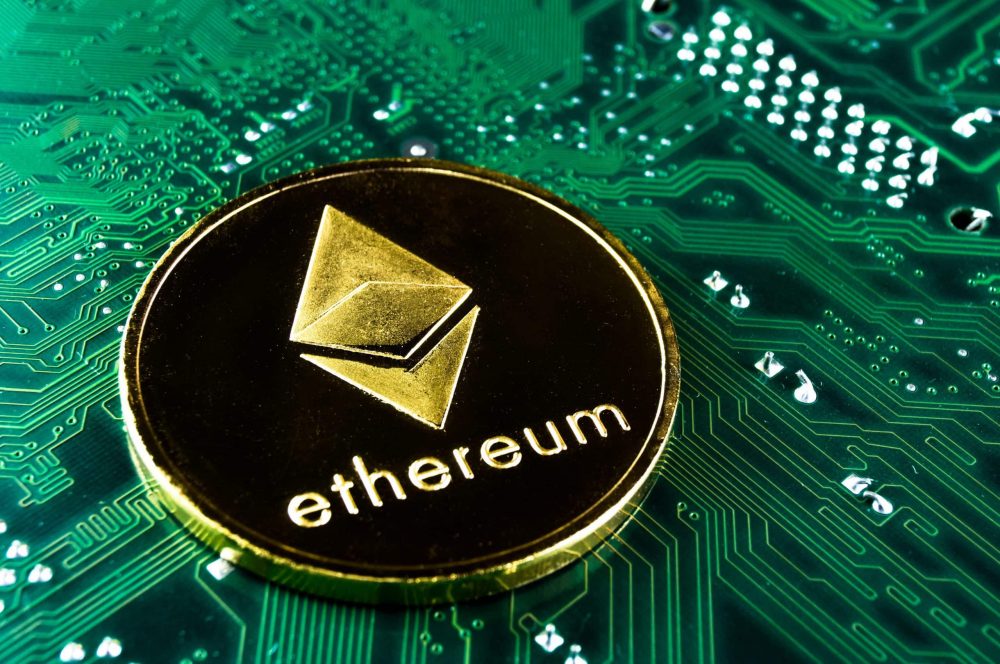Long gone are the days when a halfway experienced techie could dig for some BTC on the side. In the meantime, it is hardly economically worthwhile to mine BTC with conventional graphics cards – the industry has grown up. Professional mining companies mine digital gold around the clock in huge facilities and are sometimes valued at more than one billion US dollars on the stock exchange. How profitable BTC mining actually is can often only be guessed at.
For everyone who is interested in BTC mining and does not want to leave the digital prospecting entirely to the large corporations, there is still an interesting option today: Compass Mining.
“Now everyone can mine BTC,” is the company’s website slogan Compass mining. The company, based in Wilmington, Delaware, sees itself as a marketplace that brings private investors together with hosting providers and miners who own the appropriate hardware.
Here’s how it works: Compass tries to strike deals with hosting providers that could provide free space (often larger warehouses) for BTC mining.:
The majority of the listed premises (mining facilities) are located in North America, but Russia or Iceland can also be found among them. Each host has a corresponding hosting price (operating costs) and the sustainability of the type of energy used. Most of the hosts listed charge around $0.060 to $0.065 per kilowatt hour. According to the company, this includes the maintenance costs of the Asic miner in addition to the stand fees.
The explanation is obvious: On the one hand, these operators have favorable business conditions with the corresponding electricity suppliers and are also usually located in regions with cheap, surplus energy.
In contrast to so-called cloud mining, as a compass mining user, you actually own the ASIC miner that mines the BTC – physically too. In addition, you can choose a location in a desired jurisdiction in which you want to operate (or have) your ASIC miner. You can sell the device back at any time. The mining rewards are then paid out to your own BTC wallet.
One of the top miners is the so-called Bitmain Antminer S19j Pro with 100 Th/s (terrahashes per second). This is also used by most professional miners.
On the website ASIC Miner Value you can do some calculations. A conventional ASIC miner currently costs around 12,200 US dollars at Compass (as of February 7, 2022). With an electricity price rounded up to US$0.070 per kilowatt hour, the website calculates that you would have a profit of around US$6,000 per year.
Of course, this changes depending on how the BTC course is. During the BTC all-time high in early November 2021, the ASIC miner would have generated around 40 US dollars per day. Calculated for the year, that would be around 12,700 US dollars. After deducting electricity and maintenance costs, this leaves a net profit of around $10,900 (not including acquisition costs).
The highest profit is generated with a high BTC price and a relatively low hash rate. This is especially the case when there are bottlenecks in the production of mining equipment, which can quickly happen in times of high demand and supply bottlenecks for semiconductors.
Back to our little sample calculation. As you can see, an investment would have paid off in about two years at a current BTC price of $43,000. However, if one assumes that BTC prices will rise, the investment will pay for itself much faster. So if you keep mined BTC instead of selling them right away, you can still take speculative profits with you.
Of course, the final question is how long such an ASIC miner can actually be used. Internet forums often say about three to four years – sometimes even longer. At the same time, the risk that the BTC price will not hold the current $43,000 must not be forgotten.
In the calculation example above, a correspondingly high BTC price would quickly result in a considerable return – provided the BTC miner survived the time it had to dig to recover the investment. Of course, such an investment is not without risk. The following points should therefore be kept in mind:
1.Anyone who has been following BTC for a long time knows how volatile the price can be. Since the profitability of the miner ultimately depends on the BTC price, this can be classified as a significant risk.
2. On the other hand, you are of course dependent on the host to a certain extent. Should a site decide to shut down, it would be forced to relocate the miner. A prime example of this would be China. In 2021, the authorities decided to ban mining completely. As a result, thousands of miners had to clear their tents and relocate almost overnight. Many fled to Kazakhstan or the USA. However, the global hashrate quickly recovered.
3. Around $12,000 is a hefty initial investment to put into an ASIC miner to even participate. However, if you bring the necessary change with you, you can theoretically diversify your risk across several locations and would not be dependent on one host or one country.
4. You should also beware of various scams. Compass Mining has been active on the market for some time now and has established itself as a reputable provider.
If you still don’t have the necessary change and still want to take part in mining, you might want to look towards mining pools and cloud mining.
Ledger Nano X Review and Where to Buy Nano X (2022)
- Bitcoin Whales Cash In Millions Amid Recent Rally - November 20, 2024
- Hidden Pattern on XRP Charts Suggests a 500% Surge – Is It Finally Moon O’Clock? - November 20, 2024
- $PNUT Up 325% In 7 Days, Heading To New Record – Will This New Altcoin Be The Next Hot Deal? - November 19, 2024






















